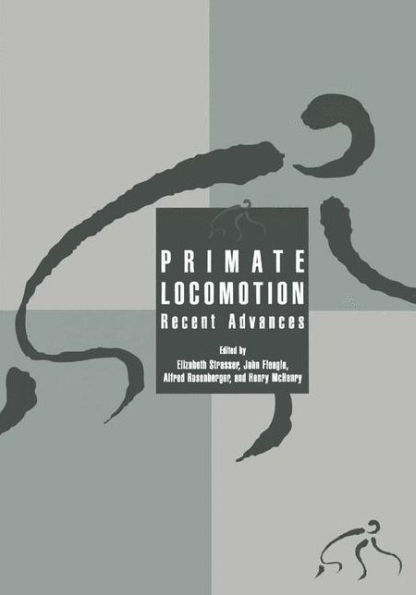5
1
9780306460227


Primate Locomotion: Recent Advances / Edition 1 available in Hardcover

Primate Locomotion: Recent Advances / Edition 1
- ISBN-10:
- 030646022X
- ISBN-13:
- 9780306460227
- Pub. Date:
- 10/31/1998
- Publisher:
- Springer US
- ISBN-10:
- 030646022X
- ISBN-13:
- 9780306460227
- Pub. Date:
- 10/31/1998
- Publisher:
- Springer US
219.99
In Stock

Product Details
| ISBN-13: | 9780306460227 |
|---|---|
| Publisher: | Springer US |
| Publication date: | 10/31/1998 |
| Edition description: | 1998 |
| Pages: | 482 |
| Product dimensions: | 7.01(w) x 10.00(h) x 0.04(d) |
From the B&N Reads Blog
